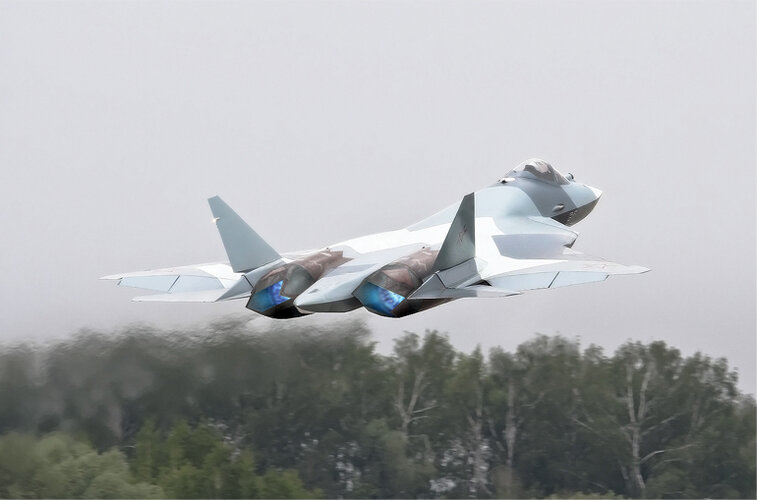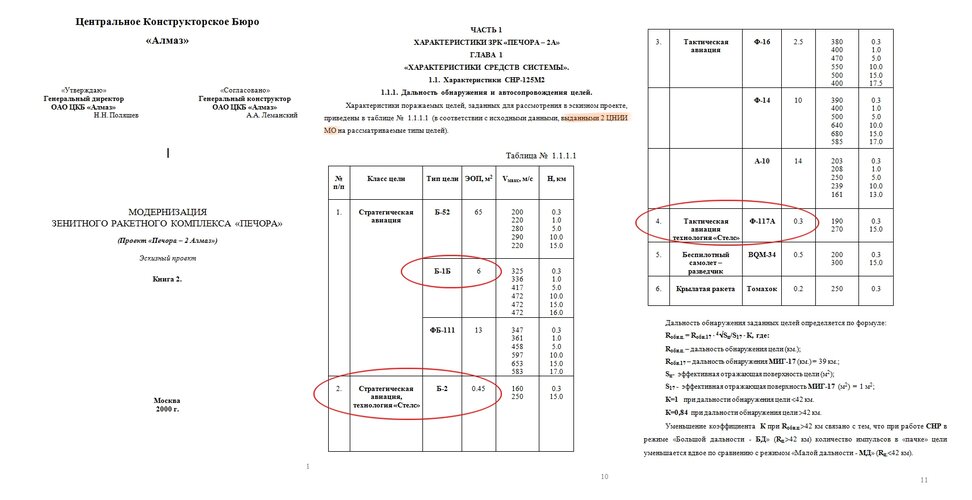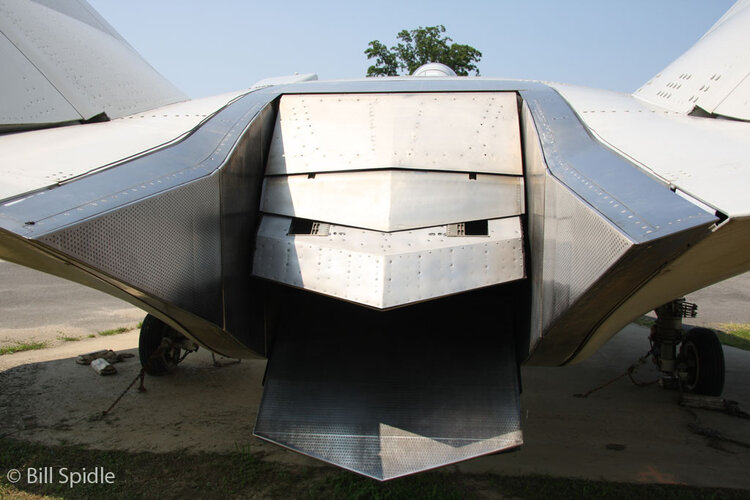LMFS
ACCESS: Top Secret
- Joined
- 19 March 2019
- Messages
- 534
- Reaction score
- 880
The 2x IRSTs in the 101KS-O are scanning the whole time at high speed around the plane (one in the upper and one in the lower hemisphere), and as said they can have way better optics and detection range than a EODAS, plus the DIRCM needed to disable the IR guided missiles, who knows whether in the future those turrets can handle more powerful lasers useful for something more, but that would make sense too and may not demand substantial changes to the concept of that assembly. So no, I don't see EODAS as superior in that regard, unless you expect to have many missiles coming from different directions at the same time towards your position, where the narrower field of view of an IRST may be a disadvantage, but even then, when comparing F-35 and Su-57 at least, the second has an almost all around field of radar detection to assist with the tracking of incoming threats. As said, Sukhoi already had the EODAS approach in the Su-35 and changed it to the one in the Su-57 afterwards, I find it hard to believe they took a step backwards, when they were already there. The EOTS side that you mention is included in the LTS with the KOEPS-75, and it has been hinted that the defence suite can be incorporated too, so it either can be included in the stealthy turret we saw or at least it is not incompatible with KOEPS:EODAS's selling point is that you have constant all-azimuth / all-angle monitoring of assets around you. That's how the F-35 gets away with poor rear visibility. Moreover, EODAS is usually paired with an EOTS that presents strong frontal surveillance / tracking. On the F-35, the EOTS is designed for air-to-ground missions, on the J-20, it's designed for air-to-air. Of course, I've mentioned that the EODAS on the F-35 and J-20 is going to detract from usable airframe volume, since unless you're satisfied with a simple fixed lens, you're going to have to put optics, large sensors, and so on onto each EODAS port.
In other words, I see EODAS vs no-EODAS as a trade-off in terms of usable volume and weight. EODAS + EOTS is superior to IRST in terms of capability.
"Checkmate will be equipped with KOEPS-75 optical-electronic aiming system designed by the Yalamov Ural Optical-Mechanical Plant of Shvabe. The system can be complemented by landing and defense stations upon customer requirements,"
MAKS 2021: New Sukhoi Su-75 Checkmate stealth fighter to conquer international markets
MAKS 2021: Rostec clearly intends to internationally market its single-engine stealth fighter jet officially unveiled at the MAKS air show at Ramenskoye airfield in Moscow Oblast on Tuesday, July 20
-The minimal RCS of the F-35, according to some Chinese studies in the 10 GHz band, is -50 dBsm. This is for a metallic model without RAM. This level of stealth design is extremely hard to compete with.
Sorry, what has an optimal, geometric surface without actual depth, internals, gaps and details have to do with the real RCS of a real plane with thousands of weak scattering sources, each of them already in the order of -40 dBsm? We had already these speculations about RCS based on hearsay in other threads and quite honestly they don't contribute much to the discussion.
Last edited:



